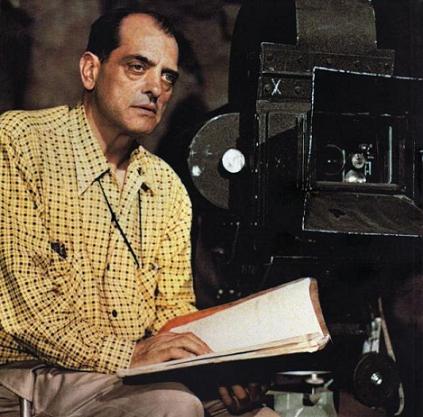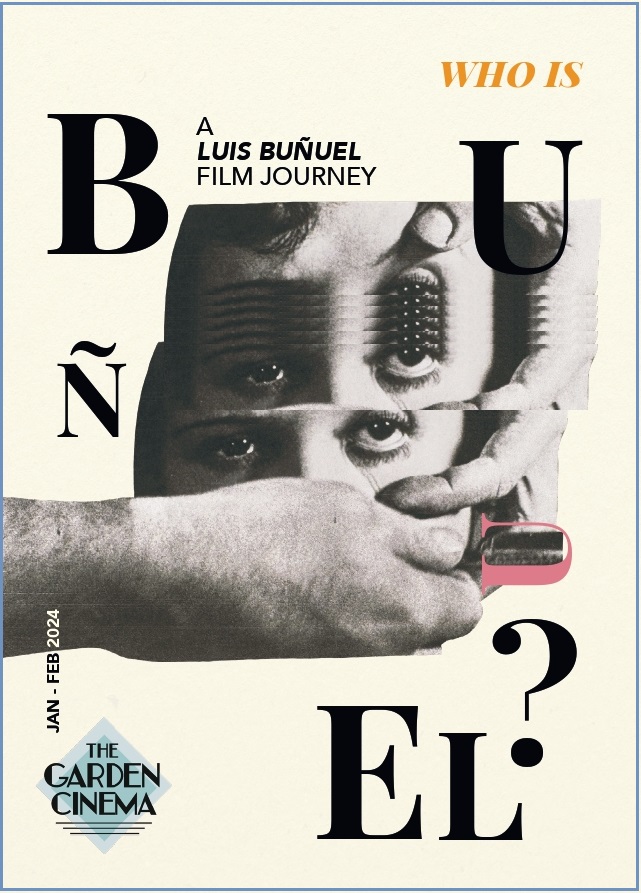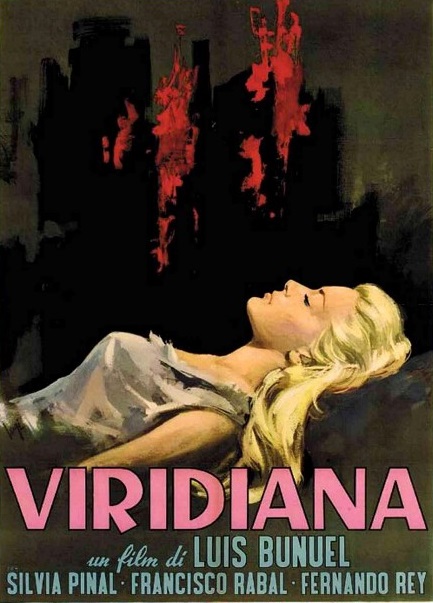A few days ago in London, an approach to the work, life and mysteries of this film director began. A journey of enquiry that will end in February and will include academic introductions, special events and debates to unravel his legacy.

Buñuel’s life was as colourful, intricate and fascinating as was – and still is – much of his film work.
Born into a deeply religious, large family and educated by Jesuits, his rebellious and anarchist spirit permeated all areas of his life, although some say – as described in his wife Jeanne Rucar’s book, written years after Luis Buñuel’s death – that in his private family life he was puritanical, strict, macho and jealous.
The truth is that contradictions and discrepancies surround the personal life of the man who is considered one of the greatest contributors to Spanish cinema and one of the most influential directors in the world of film.
Cursed, expelled and banned in Spain during the dictatorship, Buñuel regained his angel and his light after Franco’s death. From then on, admiration for his work always welcomed him.
His life was not easy because defending his atheism and going against the current of the society of these times created many problems for him. Perhaps that is why his films were the path where he was the most defiant, which is very clear in his movies “Un perro (An andaluz” (An Andalusian Dog) and “La edad de oro” (The Golden Age), made together with another controversial artist: Salvador Dalí.
 There were some scandals in his life, as were his surrealism, communism, and the production in Spain of four not good and not at all vanguard films, the rebellion against the bourgeoisie and capitalism, poverty, exile.
There were some scandals in his life, as were his surrealism, communism, and the production in Spain of four not good and not at all vanguard films, the rebellion against the bourgeoisie and capitalism, poverty, exile.
Programming
“Watching a Luis Buñuel film is an unsettling experience. Unpredictable emotional beats, sacrilegious imagery, uncanny juxtapositions abound in his work, his films attack our compliance.” So says the curator of this filmic journey at The Garden Cinema, who seeks to answer this question that gives the programme its name.
The programme designed by The Garden Cinema (which screens repertory cycles and premieres from around the world) is varied and began on 12 January with the Launch Party: a Buñuel-inspired members’ party followed by screenings of “Un chien Andalou” and “L’age d’or” with live electronic music accompaniment by A’Bear, followed by the very eccentric Simon of The Desert. The first week was reserved for the screening of “Los olvidados” (The Forgotten), “Tierra sin pan” (Land without bread) and “El ángel exterminador” (Exterminating angel), films he made in Mexico. In the second week “Nazarín”, “Tristana” and “Viridiana”, were screened three films he made in Mexico and Spain.
The third week will include “The discreet charm of the bourgeoisie”, “Belle de jour” and “That obscure object of desire”.
 After the screening of “Viridiana”, on 25 January, there will be a round table conversation with esteemed academics who will discuss Buñuel’s complex work, with input from the audience.
After the screening of “Viridiana”, on 25 January, there will be a round table conversation with esteemed academics who will discuss Buñuel’s complex work, with input from the audience.
Week 4 has the theme: “Women of Surrealism”, featuring films by Maya Deren, Germaine Dulac and Barbara Hammer. The screenings will be followed by a discussion addressing their legacy and examining the politics surrounding the historical under-representation of their work.
Weeks 5 and 6 are scheduled to examine Buñuel’s legacy by screening films inspired or influenced by his work.
For more information on schedules, click on The Garden Cinema and here. You can also check out their social media: Twitter: @TheGardenCinema, Instagram: @TheGardenCinema and Facebook. Contact: Erifili Missiou – Film Programmer & Programme. Email: erifili@thegardencinema.co.uk.
(Photos: Pixabay)












.jpg)












